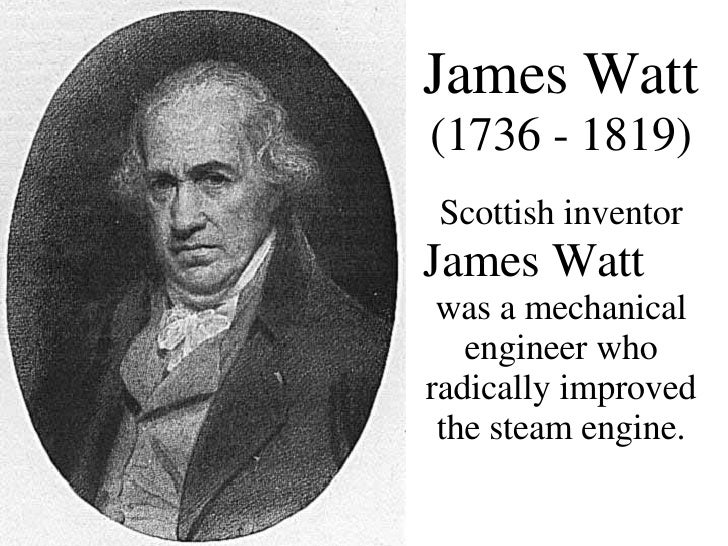 The invention of the automobile can be traced back as far as 1769, when one Nicolas-Joseph Cugnot, devised the very first concept - a complex, three wheeled steam engine. The idea never really took off, as it could not compete with horse powered transportation which were easier to handle, faster, less expensive and more commercially viable.
The invention of the automobile can be traced back as far as 1769, when one Nicolas-Joseph Cugnot, devised the very first concept - a complex, three wheeled steam engine. The idea never really took off, as it could not compete with horse powered transportation which were easier to handle, faster, less expensive and more commercially viable.
 |
| NICOLAS JOSEPH CUGNOT |
James Watt adopted the term "horsepower" to express the pulling power of a steam train, which was calculated as 33,000 foot-pounds per minute based upon his experience in working with horses. The horse industry was immensely powerful and those looking to force the automobile through in its place would meet a lot of resistance from those companies turning over significant profits.
"The horse is here to stay but the automobile is only a novelty, a fad."
- President of Michigan Savings Bank, 1901
Cars had to become practical, to be simple to use, offer benefits over horses and be affordable, yet profitable. In 1807, Francois Isaac de Rivaz, a Swiss inventor, invented the very first internal combustion engine using hydrogen as fuel. This prompted a whole host of engineers to develop this idea further. Karl Benz created an internal combustion engine powered by gasoline in 1879. Daimler and Mayback, two successful German engineers, began producing automobiles in 1889, manufacturing thirty cars powered by a bi-cylinder, 1.5hp gas engine with four-speed transmission. Benz produced twenty five cars all powered by a four-stroke gas engine.
Both companies soon merged to become the Daimler-Benz Company, creating both Daimler and Mercedes Benz brands. The speed of these cars were more than a match for horses, but the ignition still sputtered as a result of the fuel used within the internal combustion engines. This problem was resolved over the next few years by using a lead additive.
Those against the introduction of automobiles warned the public of the dangers of cars, including air pollution and noise, which created an air of uncertainty. This resistance forced cars to be used on a separate roadway to that of horses. Those in favour of the car responded, by expressing problems with horses such as the amount of food and water they required, and also the quantities of manure they deposited behind. In the height of Summer, the smell and flies attracted were insufferable. Cars obviously didn't get hungry, tired or produce manure like their 4 legged competitors.
 Henry Ford was an intelligent man who understood the process of commercialising inventions to turn a profit. He made it his mission to develop a car which could compete against horses in terms of affordability, competitiveness and profitability. His vision was for the car to progress along an assembly line, with worked staged at specific locations with specific tasks. This concept allowed one vehicle to be manufactured in as little as 90 minutes - seven times faster than rival manufacturers. A quick drying paint was used to keep up the speed of production but was only available in one colour - black.
Henry Ford was an intelligent man who understood the process of commercialising inventions to turn a profit. He made it his mission to develop a car which could compete against horses in terms of affordability, competitiveness and profitability. His vision was for the car to progress along an assembly line, with worked staged at specific locations with specific tasks. This concept allowed one vehicle to be manufactured in as little as 90 minutes - seven times faster than rival manufacturers. A quick drying paint was used to keep up the speed of production but was only available in one colour - black.
Car components soon became universal, allowing parts to be interchangeable, therefore driving down costs of both manufacturing and repair work. Ford led automobiles to become affordable, profitable and competitive and the progression from horses to cars escalated - quickly becoming the number one transportation method in the world.

No comments:
Post a Comment